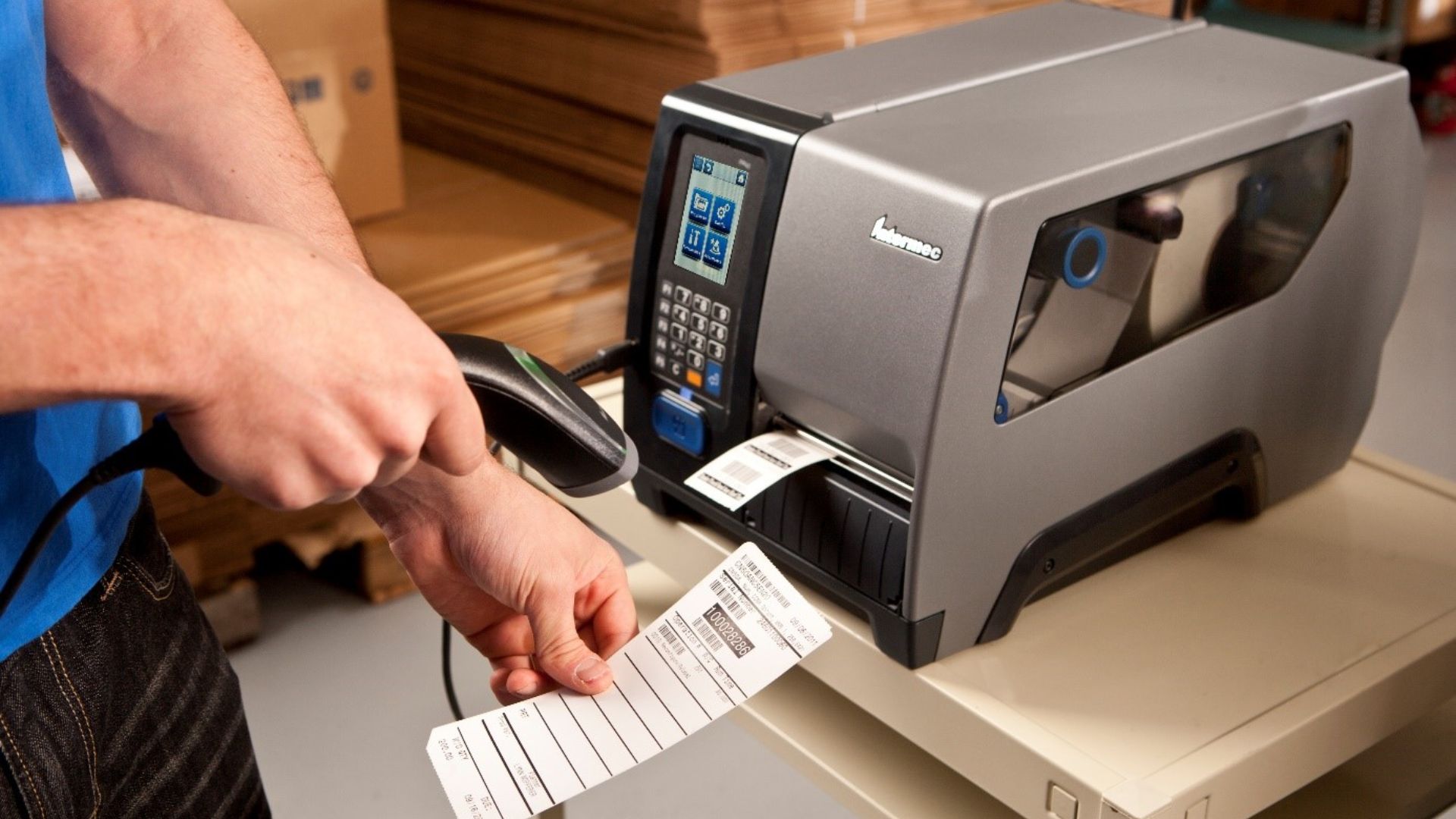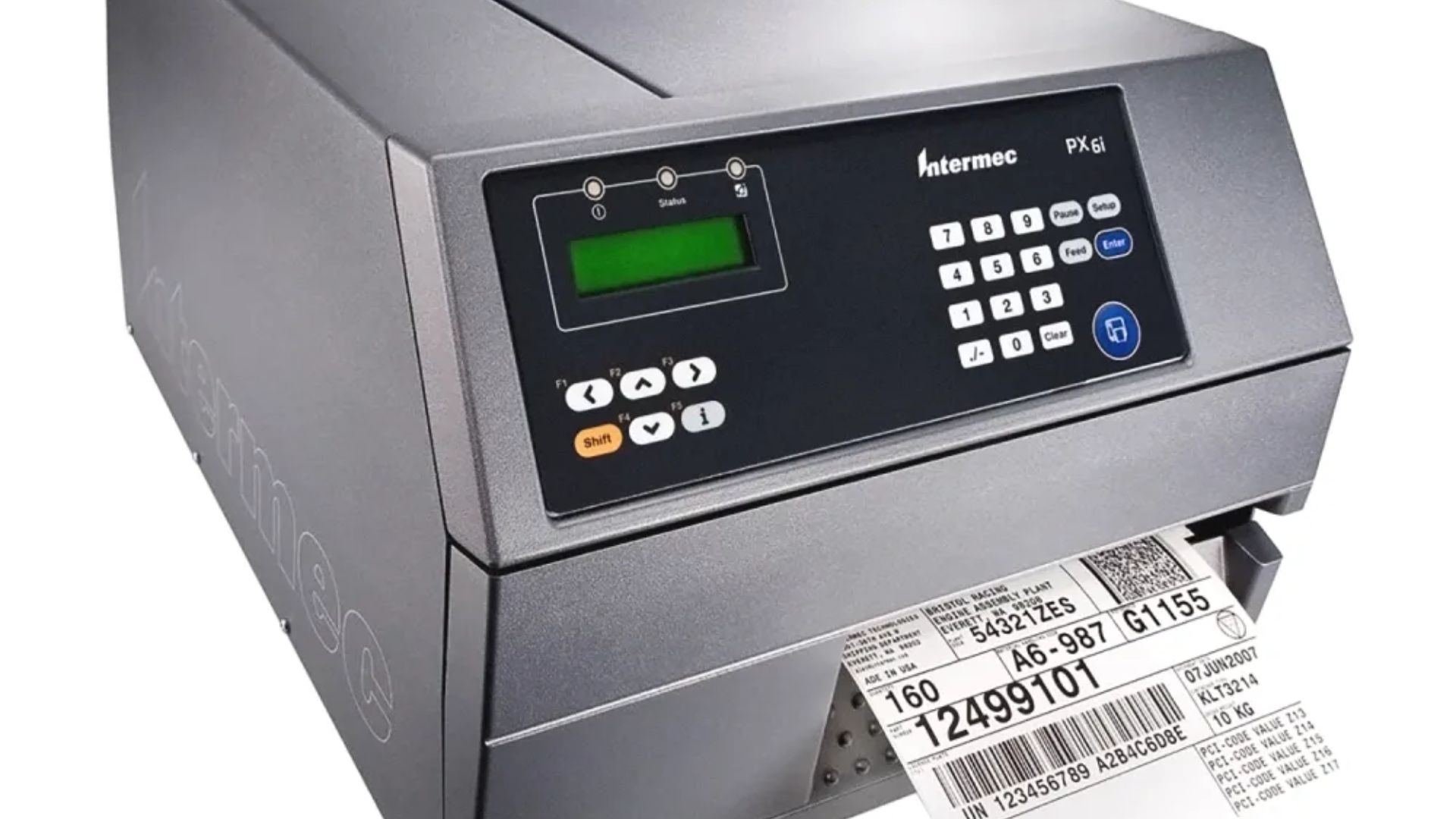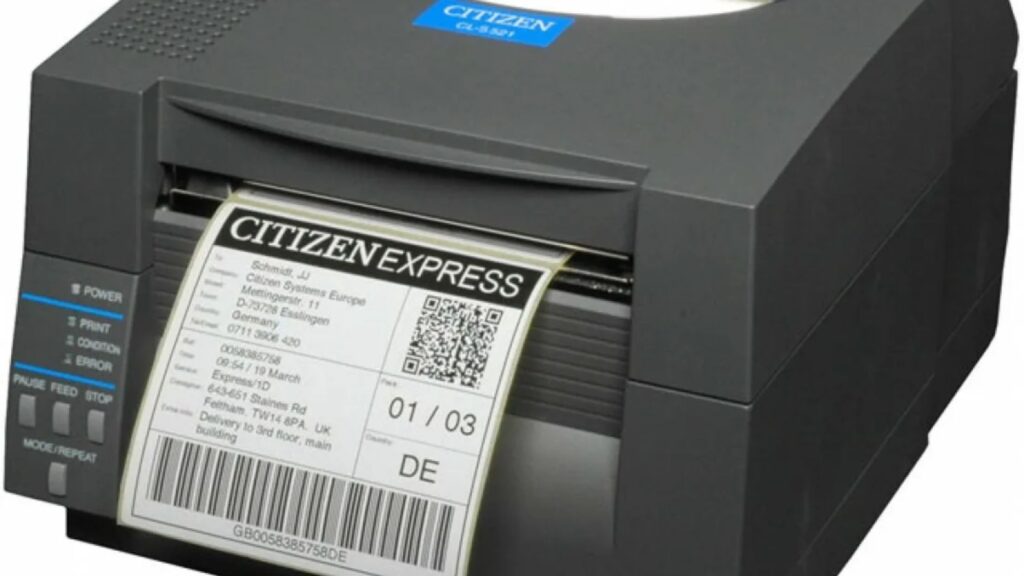Label Printers: Understanding the Basics of Label Printing
In the vast world of labelling and labels, the printer for labels is an invisible hero who helps bring designs to reality. From packaging for products to shipping labels, these tools are vital in transforming digital artwork into a tangible and adhesive label. In this article, we look at the fundamentals of label printing and explore the various kinds of Label Printers for brands, the most important aspects to consider when choosing the most appropriate one, and the changing landscape of title printing techniques.

-
Types of Label Printers
There are a variety of label printers that cater to specific requirements and industries. It is crucial to know the various types in deciding on the best printer for your application.
- Direct Thermal Printers: Perfect for Label Printing Direct thermal printers utilize heat-sensitive papers to produce illustrations. They’re commonly used for things like shipping labels or receipts.
- Thermal Transfer Printers: Utilizing ribbons to print ink on labels Thermal transfer printers can be used to create long-lasting and long-lasting labels. The technique is commonly employed for product labels, barcodes, and asset tags.
- Printers using Inkjets: They are renowned for their flexibility. Inkjet printers make use of liquid inks to create top-quality, full-colour labels. These printers are perfect for bright labels for products as well as packaging.
-
Key Considerations in Choosing a Label Printer
The right printer for your label is a matter of evaluating several aspects that correspond to your demands for printing.
- Resolution: Resolution of the printer for labels affects the print’s clarity and sharpness. High resolution is essential for complex designs and smaller font sizes.
- Print speed: The speed at which label printers operate is crucial, particularly in businesses with high-volume printing needs. Faster printing speeds increase efficiency in production settings.
- Connection: Label printers may have various relationships, such as USB, Ethernet, and wireless. Pick a printer that is seamlessly integrated into the workflow you already have.
- Media Compatibility: Consider the kinds of labels or other materials the printer can accommodate. Some printers can be versatile and can accommodate a variety of materials. However, others are specifically designed to work with specific types of labels.
-
Evolving Landscape: Digital Label Printing
Digital label printing has recently been recognized as a revolutionary innovation within the field. In contrast to traditional processes that use printing plates, digital labels eliminate the requirement for vessels and allow quick, on-demand printing.
- On-Demand Printing: Digital printing of labels allows print-on-demand, eliminating the need for massive printing. This can benefit companies that require flexibility with label design and quantity.
- Modification and variable data printing: Digital printers are awe-inspiring in customizing, allowing firms to print labels using data variables such as unique QR codes or barcodes. This is an excellent feature for items that have individual details.
- We are reducing Setup Time: Traditional label traditional printing techniques-consuming setup processes. Digital printing makes this a more straightforward approach, cutting down on setup time and speeding up the time from product to market.

Conclusion
Label printers have been regarded as the unsung legends of labelling and labels and bring designs from digital to life using the utmost precision and efficacy. Knowing the different types of label printers, making crucial considerations when selecting the best one, and adopting digital label printing technology are essential aspects of navigating the constantly changing world of printing labels. By incorporating the best methods and keeping abreast of technological advances, businesses can ensure that the printing process they employ for their titles aids their product’s general success and visual appeal.
In the vast world of labelling and labels, the printer for labels is an invisible hero who helps bring designs to reality. From packaging for products to shipping labels, these tools are vital in transforming digital artwork into a tangible and adhesive label. In this article, we look at the fundamentals of label printing and explore the various kinds of Label Printers for brands, the most important aspects to consider when choosing the most appropriate one, and the changing landscape of title printing techniques.

-
Types of Label Printers
There are a variety of label printers that cater to specific requirements and industries. It is crucial to know the various types in deciding on the best printer for your application.
- Direct Thermal Printers: Perfect for Label Printing Direct thermal printers utilize heat-sensitive papers to produce illustrations. They’re commonly used for things like shipping labels or receipts.
- Thermal Transfer Printers: Utilizing ribbons to print ink on labels Thermal transfer printers can be used to create long-lasting and long-lasting labels. The technique is commonly employed for product labels, barcodes, and asset tags.
- Printers using Inkjets: They are renowned for their flexibility. Inkjet printers make use of liquid inks to create top-quality, full-colour labels. These printers are perfect for bright labels for products as well as packaging.
-
Key Considerations in Choosing a Label Printer
The right printer for your label is a matter of evaluating several aspects that correspond to your demands for printing.
- Resolution: Resolution of the printer for labels affects the print’s clarity and sharpness. High resolution is essential for complex designs and smaller font sizes.
- Print speed: The speed at which label printers operate is crucial, particularly in businesses with high-volume printing needs. Faster printing speeds increase efficiency in production settings.
- Connection: Label printers may have various relationships, such as USB, Ethernet, and wireless. Pick a printer that is seamlessly integrated into the workflow you already have.
- Media Compatibility: Consider the kinds of labels or other materials the printer can accommodate. Some printers can be versatile and can accommodate a variety of materials. However, others are specifically designed to work with specific types of labels.
-
Evolving Landscape: Digital Label Printing
Digital label printing has recently been recognized as a revolutionary innovation within the field. In contrast to traditional processes that use printing plates, digital labels eliminate the requirement for vessels and allow quick, on-demand printing.
- On-Demand Printing: Digital printing of labels allows print-on-demand, eliminating the need for massive printing. This can benefit companies that require flexibility with label design and quantity.
- Modification and variable data printing: Digital printers are awe-inspiring in customizing, allowing firms to print labels using data variables such as unique QR codes or barcodes. This is an excellent feature for items that have individual details.
- We are reducing Setup Time: Traditional label traditional printing techniques-consuming setup processes. Digital printing makes this a more straightforward approach, cutting down on setup time and speeding up the time from product to market.
Conclusion
Label printers have been regarded as the unsung legends of labelling and labels and bring designs from digital to life using the utmost precision and efficacy. Knowing the different types of label printers, making crucial considerations when selecting the best one, and adopting digital label printing technology are essential aspects of navigating the constantly changing world of printing labels. By incorporating the best methods and keeping abreast of technological advances, businesses can ensure that the printing process they employ for their titles aids their product’s general success and visual appeal.


Comments are closed.